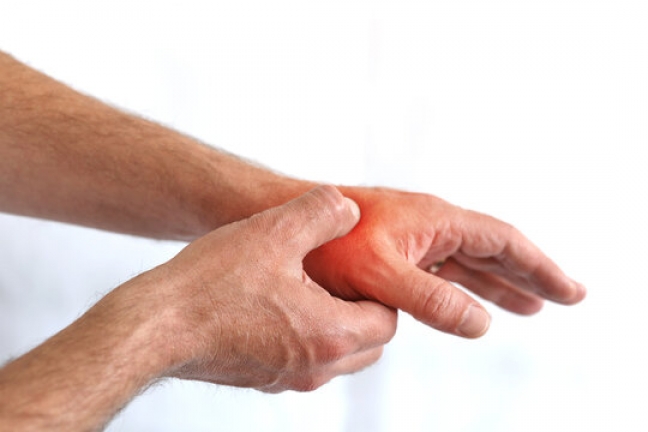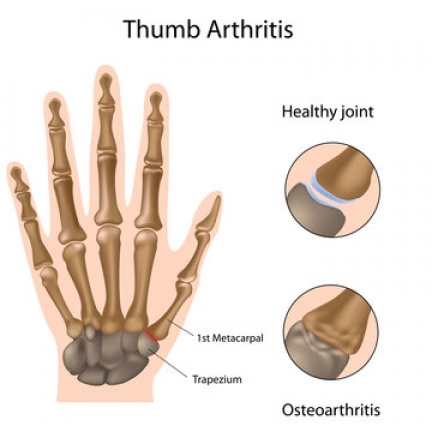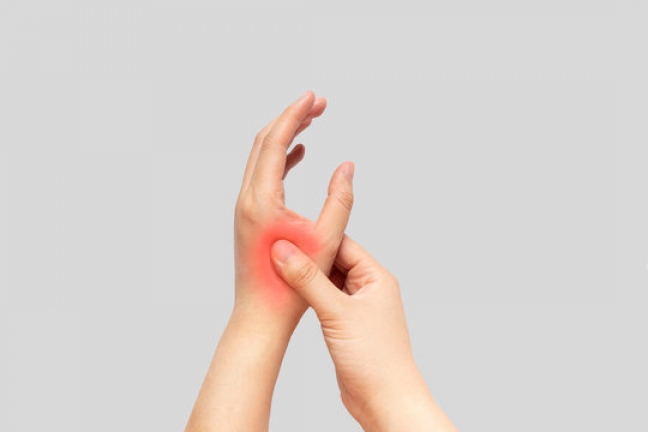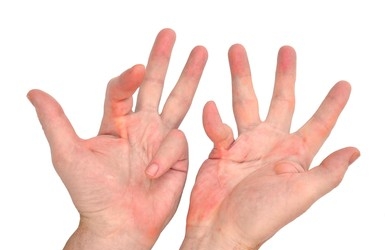Introduction:
Osteogenesis imperfecta (OI) also called “brittle bones disease” is a congenital disorder characterized by fragile bones and repeated fractures occurring after trivial trauma. The disease has a wide spectrum of severity, with severely affected children sustaining fractures at birth, and, mildly affected children sustaining fractures during sports activities.
Causes:
Bones are made up of cells, an extra-cellular matrix called collagen fibers, and, minerals (mainly calcium salts) which are deposited on the collagen fibers. Osteogenesis imperfecta is a defect of collagen formation. The collagen in children with osteogenesis imperfecta is either formed in deficient quantities or, is of abnormal quality.
This defect in collagen quantity or quality occurs due to a genetic defect in the affected child. The genetic defect in osteogenesis imperfecta may either be inherited from one of the parents or, may occur de novo in the affected child due to mutations in the concerned genes. Depending on the nature of the genetic defect, osteogenesis imperfecta is of different types and severities (see below).
Symptoms:
The predominant symptom of osteogenesis imperfecta is fragile bones and repeated fractures. As mentioned earlier, the fractures may occur with trivial trauma or sometimes even in the absence of trauma. The fractures often heal with the bowing of bones. So in older children with osteogenesis imperfecta, bowing of the thigh (femur) and leg (tibia) bones are often seen. Additionally, spine deformities (kyphoscoliosis) are seen in children with osteogenesis imperfecta.
Children with osteogenesis imperfecta may also have blue sclerae (the part of the eyes which normally appears white). The teeth may appear late (delayed dentition) and may be abnormal (called dentinogenesis imperfect). Children with osteogenesis imperfecta may also have hearing loss due to compression of the auditory nerve in the auditory foramen or due to abnormal bone remodeling in the middle ear (otosclerosis).
Types:
Depending on the genetic defect and severity of clinical presentation, more than 20 different types of Osteogenesis imperfecta have been identified. The original Sillence classification consisted of four types which continue to be important clinically:
Type 1:
- Commonest type
- Clinically, the least severe
- Eyes: Blue sclerae
Type 2:
- The lethal and severest form
- Multiple intra-uterine fractures
Type 3:
- Most severe amongst children who survive
- Multiple fractures from early infancy
- Severe limb deformities
- Eyes: White sclerae
Type 4:
- Intermediate in severity between Type 3 and Type 1
- Recurrent fractures
- Limb deformities common
- Eyes: White sclerae
Diagnosis:
Diagnosis of Osteogenesis imperfecta is established on the basis of clinical findings of repeated fractures, deformities of long bones of extremities, and typical X-ray findings. Blue sclerae and dentinogenesis imperfecta may contribute to the diagnosis, but, may not be present in all cases. Genetic tests are usually not utilized for diagnosis and reserved for research purposes.
Treatment:
Optimal Treatment of Osteogenesis Imperfecta consists of a combination of medical treatment, orthopedic treatment, appropriate splints, and rehabilitation, and specialists of all these fields should be involved in the case of a child with Osteogenesis Imperfecta.
Medical treatment:
Calcium- Vitamin D supplementation: Children with OI should be supplemented with Calcium and Vitamin D.
Bisphosphonates: Bisphosphonates are drugs that are used for strengthening the bones of children with OI. Numerous studies have shown lower fracture frequency and improvement in the ambulatory status of children on Bisphosphonates. Bisphosphonates such as Pamidronate and Zolendronate are administered Intra-venously while Alendronate and Risedronate are oral bisphosphonates.
Newer drugs: Newer drugs like Teriparatide and Dunesumab are being used in the management of OI, but these medications should be given to selected children and should given under the supervision of an expert Paediatric Endocrinologist.
Orthopaedic surgery:
Orthopaedic surgery in OI consists of the insertion of intramedullary rods in bones. Surgeries are more commonly performed in bones of the lower limbs: the femur (thigh bone) and tibia (leg bone). These surgeries serve the dual purpose of correction of bony deformities and prevention of fractures by providing internal splintage. While inserting rods in bones of children with OI, it must be remembered that these are growing bones and for that reason, telescoping rods (rods that expand with an increase in length of bone) are used. The latest generation telescopic rods which are used are called Fassier Duval nails.






0 Comments